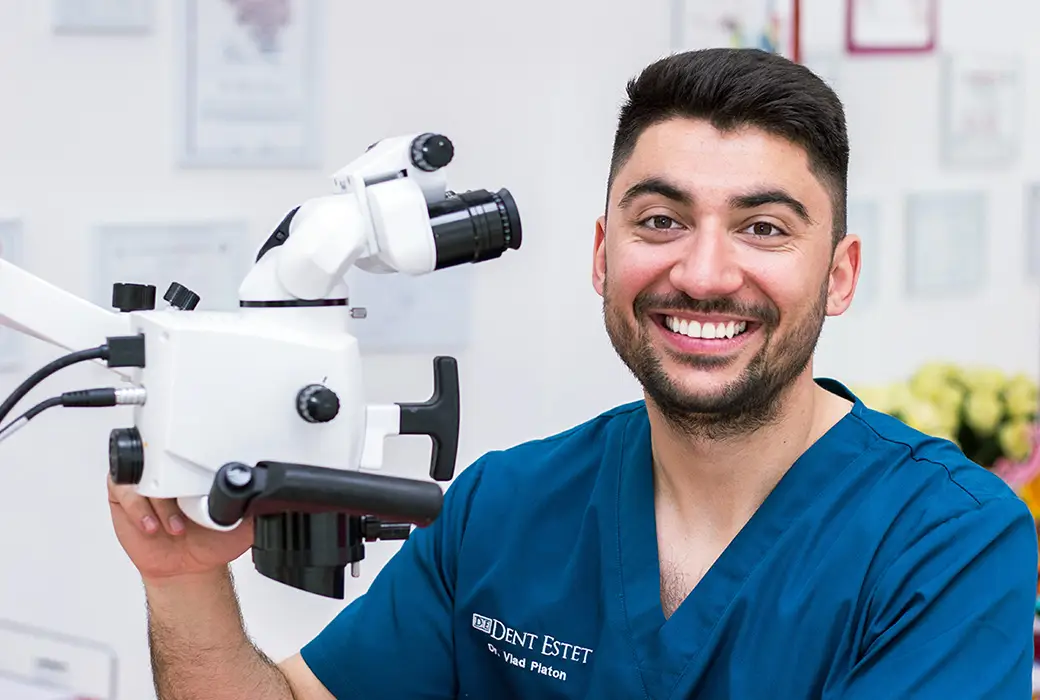
Root Apex Resection
The tooth-saving intervention
Dental problems that are not treated on time, or not treated properly, lead to complications. Some patients come to the doctor with new problems after endodontic treatment. They may experience pain while chewing, report the presence of a severe tooth abscess, or an X-ray reveals a pus pocket at the root of the tooth. If this pus pustule increases in size, surgery is inevitable.
Tooth root problems can also be treated without periapical surgery if endodontic treatment is tried again when the periapical lesion is small. Tooth root infection requires the full attention of the dental specialist so that it does not affect other teeth.
What is apical resection, in everyone's understanding?
Apical resection refers to the removal of the root tip and curettage of necrotic, granulomatous, inflammatory or cystic periapical lesions. Even if the endodontic treatment is correct but the periapical lesion does not disappear, periradicular surgery is resorted to. Forms of apicoectomy, apical surgery, endodontic surgery, root amputation or apical resection are used for apical surgery of tooth roots to treat infection.
If surgery is recommended, certain steps must be followed to ensure safe and effective treatment. The patient, in turn, must also pay close attention to the doctor's instructions for a 100% success rate.
Dr. Vlad Platon, endodontic dentist at DENT ESTET, explained in detail what apical resection entails when the infection occurs at the root of the tooth.
"Once the diagnosis is established and we know where we need to intervene, we take several steps. Intra-operatively we carefully perform the aseptic technique, flap type, tissue handling, hemostasis, 'dead space' management, decontamination and debridement, suturing. Postoperatively, we monitor edema control, infection control, general patient health and nutrition, as well as regular check-ups with the dental specialist", declares Dr. Vlad Platon.
The DENT ESTET doctor's recommendations for patients are, first and foremost, oral hygiene to avoid tooth infection.
"It is very important not to lift the lip to expose the suture, and ice is to be placed every half an hour for 20 minutes on the first day of the procedure. The patient should rinse with chlorhexidine 3 times a day, preferably after meals, and avoid hard foods for a week. It is preferable to eat soft foods for the first 4 days. Do not brush the surgical area for a week, but pay special attention to proper daily oral hygiene.", recommends Dr. Vlad Platon.
Immediately after the surgery, the first results are visible and "the healing capacity of the tissues involved is good", concluded Dr. Vlad Platon. The problems will be completely resolved in most cases if the diagnosis, treatment plan and surgical procedures are followed.


